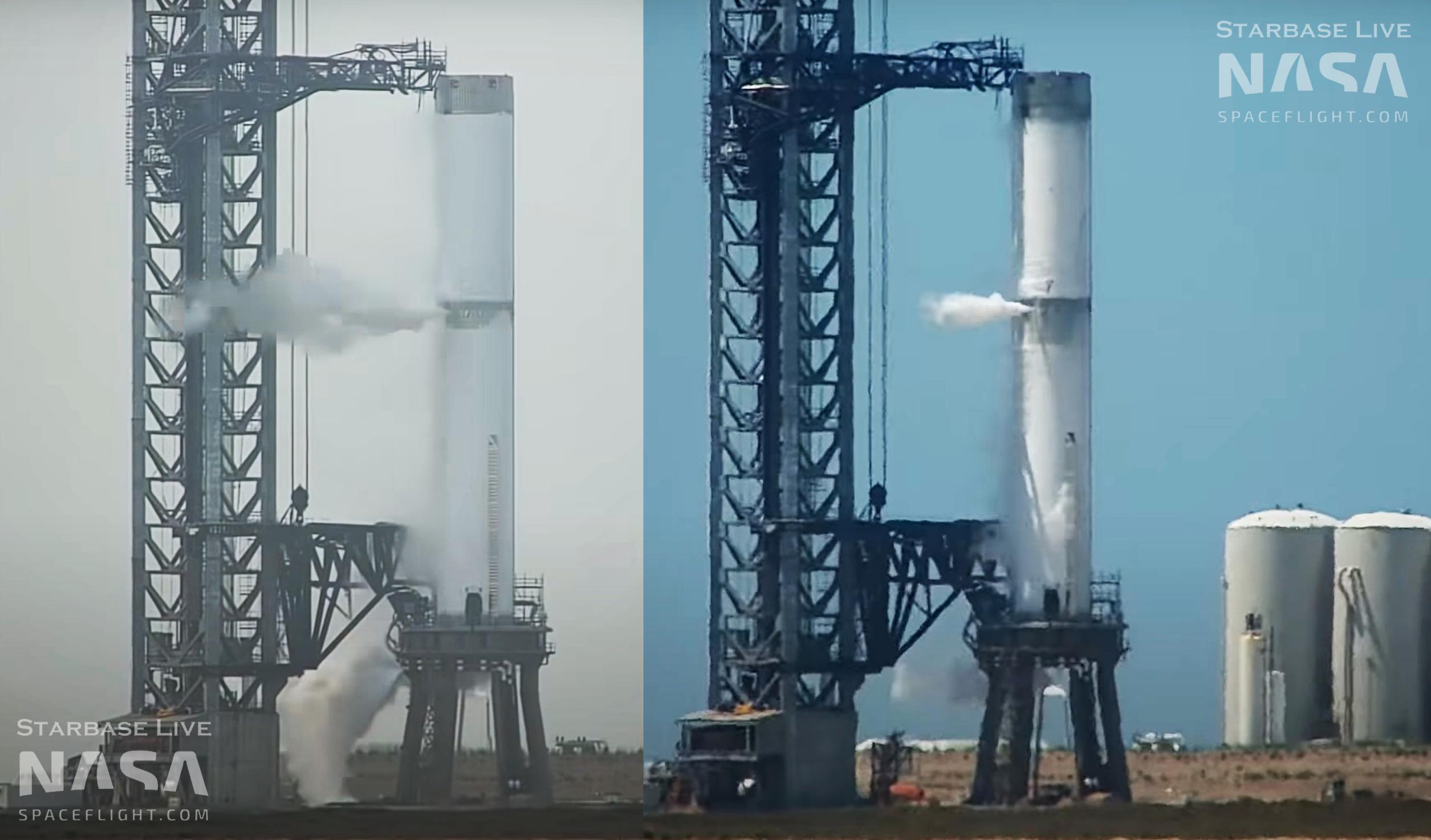
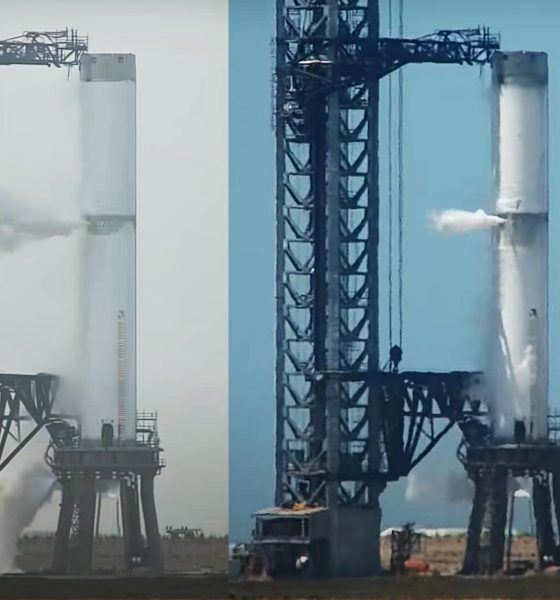
News
SpaceX’s repaired Starship booster survives back-to-back cryoproof tests
SpaceX’s upgraded Starship booster has completed a second and third cryogenic proof test in rapid succession after undergoing repairs to fix damage suffered during the first round of testing.
Testing began almost immediately after SpaceX rolled the repaired Super Heavy booster back to the orbital launch site (OLS) on May 6th. After a quick installation on the pad’s stool-like launch mount and another day of systems checks and integration, Booster 7 charged headfirst into its first post-repair cryoproof on May 9th.
Instead of cautiously feeling out the repaired plumbing and header tank over a series of small tests, SpaceX immediately performed a full cryogenic proof (cryoproof) and filled Booster 7 to the brim with about 3000 tons (~6.6M lb) of liquid nitrogen (LN2) or a combination of LN2 and liquid oxygen (LOx). Standing about 67 meters (~220 ft) tall and 9 meters (~30 ft) wide, it took about two hours to fully fill Super Heavy’s tanks with the equivalent of one and a half Olympic swimming pools of cryogenic liquid.
As always, that liquid (well below –320°F or –196°C) rapidly chilled the booster’s 4mm (~0.16″) thick steel tanks to cryogenic temperatures, which then froze moisture directly out of the humid Texas air, coating almost all of Super Heavy’s exterior with a layer of frost and ice.

SpaceX began detanking Booster 7 soon after the fill process was completed. Thanks to plenty of insulated plumbing and well-insulated ground storage tanks, SpaceX is able to recover nearly all of the LN2 and LOx used during cryoproof testing, which helps avoid the hundreds of semi-truck delivers that would otherwise be required to replenish the tank farm after even a single test.
As if to demonstrate that, SpaceX proceeded to put Booster 7 through a whole new cryogenic proof test just two days later, on May 11th. Once again, Super Heavy was fully loaded with thousands of tons of liquid nitrogen and oxygen. Unlike Cryoproof #2’s immediate detank, SpaceX – judging by the frost levels – kept Booster 7 topped off for a good hour before detanking.
In a last-minute surprise, after fully detanking B7 at the end of Cryoproof #3, SpaceX refilled the booster’s liquid oxygen tank with a few hundred tons of LN2 or LOx. Once the rocket’s thrust section reached some degree of thermodynamic equilibrium, SpaceX remotely retracted and reconnected the orbital launch mount’s Super Heavy umbilical. The launch mount umbilical or ‘quick disconnect’ is responsible for connecting Super Heavy to the pad’s gas supplies, propellant storage, power, and communications. The test SpaceX completed after Cryoproof #3 may have been a rough simulation of one scenario Starship could easily face: a post-ignition launch abort. In other words, if an orbital Starship launch was aborted just before liftoff but after quick-disconnect retraction, could it quickly reconnect to the booster with zero human intervention?
In a scenario where a QD failed to reattach to a fully-fueled Super Heavy after a launch abort, the odds of a catastrophic fire or explosion would immediately shoot up to near-certainty. In moderate quantities, simultaneously venting gaseous methane and oxygen from the same rocket is risky but manageable. Venting hundreds – let alone thousands – of tons while trapped on the ground would amount to creating a multi-hour fuel-air bomb just waiting for a spark. Multiple Starship prototypes (SN4, SN10) have already been destroyed in part by the flammability of methane gas.
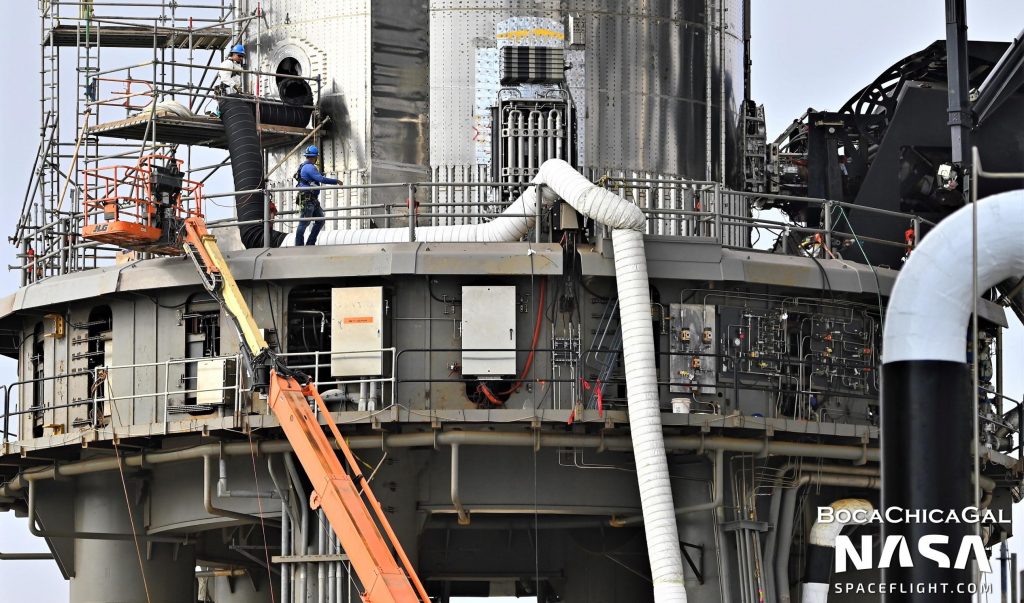
Combined with the completion of two full cryogenic proof tests in less than two days, it appears that Super Heavy B7’s repairs were extremely successful. Had the first post-repair cryoproof not gone more or less perfectly, it’s hard to imagine that SpaceX would have attempted or completed an almost identical test two days later. If the second cryoproof hadn’t been nearly perfect, it’s even harder to imagine that SpaceX would have accepted the risk involved in detaching Booster 7’s umbilical during the same test window.
On May 12th, SpaceX’s main pad crane attached a lift jig to Super Heavy B7, implying that it will likely be removed from the orbital launch mount in the near future. If the repaired booster aced its tests, SpaceX’s next step would likely be Raptor engine installation and the start of static fire testing. It’s unclear if SpaceX wants to install all 33 engines at once or begin with a small handful. It’s also unclear if SpaceX will return Booster 7 to Starbase’s production facilities to finish Raptor, heat shield, grid fin, and aerocover installation.

News
Tesla Insurance officially expands to new U.S. state
Tesla’s in-house Insurance program first launched back in late 2019, offering a new way to insure the vehicles that was potentially less expensive and could alleviate a lot of the issues people had with claims, as the company could assess and repair the damage itself.
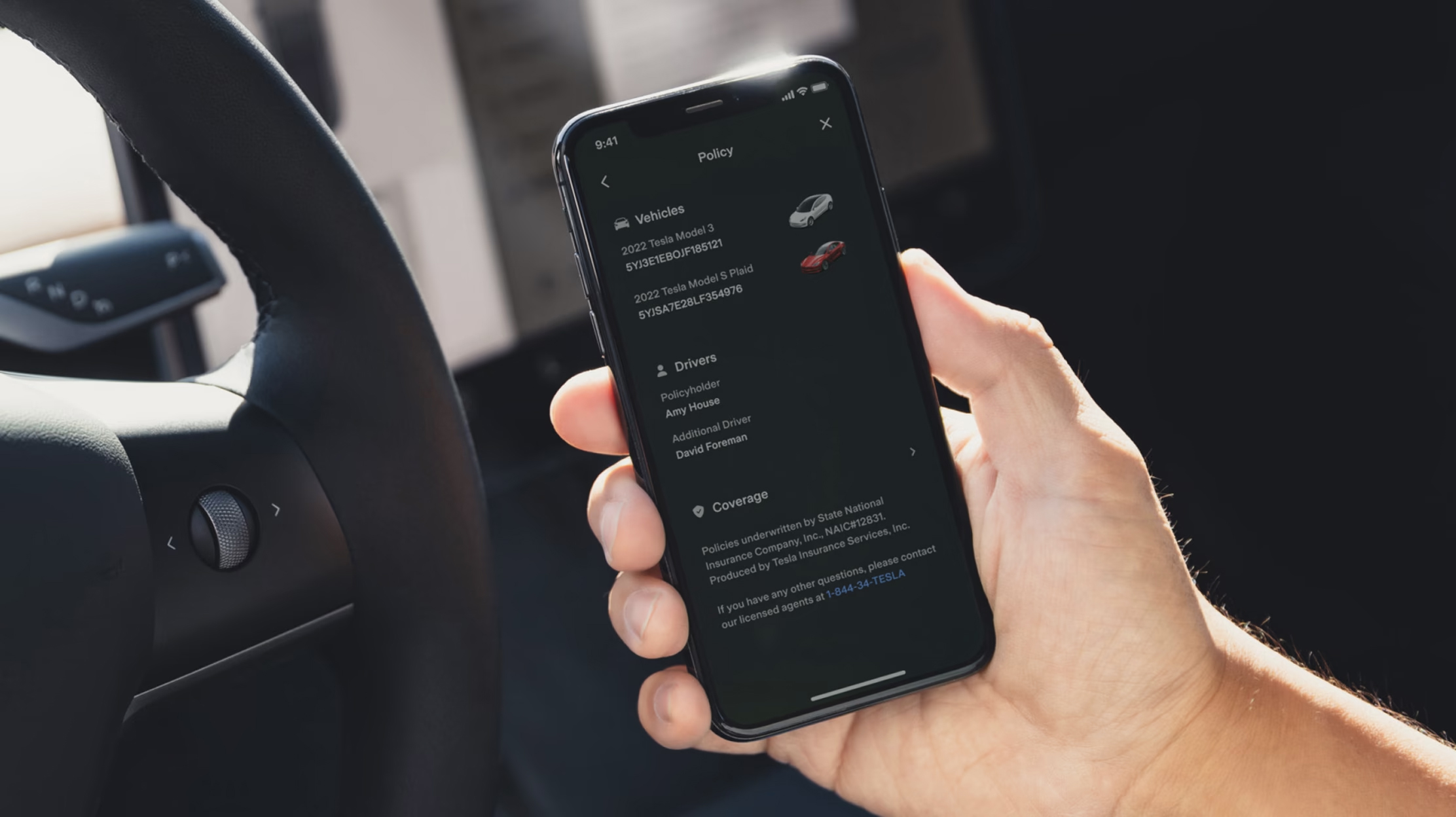
Tesla Insurance has officially expanded to a new U.S. state, its thirteenth since its launch in 2019.
Tesla has confirmed that its in-house Insurance program has officially made its way to Florida, just two months after the company filed to update its Private Passenger Auto program in the state. It had tried to offer its insurance program to drivers in the state back in 2022, but its launch did not happen.
Instead, Tesla refiled the paperwork back in mid-October, which essentially was the move toward initiating the offering this month.
BREAKING: Tesla Insurance has just officially launched in Florida.
This is the first new state to receive @Tesla Insurance in more than 3 years. In total, Tesla insurance is now available in 13 U.S. states (map in thread below of all the states).
Tesla Insurance in Florida uses… pic.twitter.com/bDwh1IV6gD
— Sawyer Merritt (@SawyerMerritt) December 17, 2025
Tesla’s in-house Insurance program first launched back in late 2019, offering a new way to insure the vehicles that was potentially less expensive and could alleviate a lot of the issues people had with claims, as the company could assess and repair the damage itself.
It has expanded to new states since 2019, but Florida presents a particularly interesting challenge for Tesla, as the company’s entry into the state is particularly noteworthy given its unique insurance landscape, characterized by high premiums due to frequent natural disasters, dense traffic, and a no-fault system.
Annual average premiums for Florida drivers hover around $4,000 per year, well above the national average. Tesla’s insurance program could disrupt this, especially for EV enthusiasts. The state’s growing EV adoption, fueled by incentives and infrastructure development, aligns perfectly with Tesla’s ecosystem.
Moreover, there are more ways to have cars repaired, and features like comprehensive coverage for battery damage and roadside assistance tailored to EVs address those common painpoints that owners have.
However, there are some challenges that still remain. Florida’s susceptibility to hurricanes raises questions about how Tesla will handle claims during disasters.
Looking ahead, Tesla’s expansion of its insurance program signals the company’s ambition to continue vertically integrating its services, including coverage of its vehicles. Reducing dependency on third-party insurers only makes things simpler for the company’s automotive division, as well as for its customers.
News
Tesla Full Self-Driving gets sparkling review from South Korean politician
“Having already ridden in an unmanned robotaxi, the novelty wasn’t as strong for me, but it drives just as well as most people do. It already feels like a completed technology, which gives me a lot to think about.”
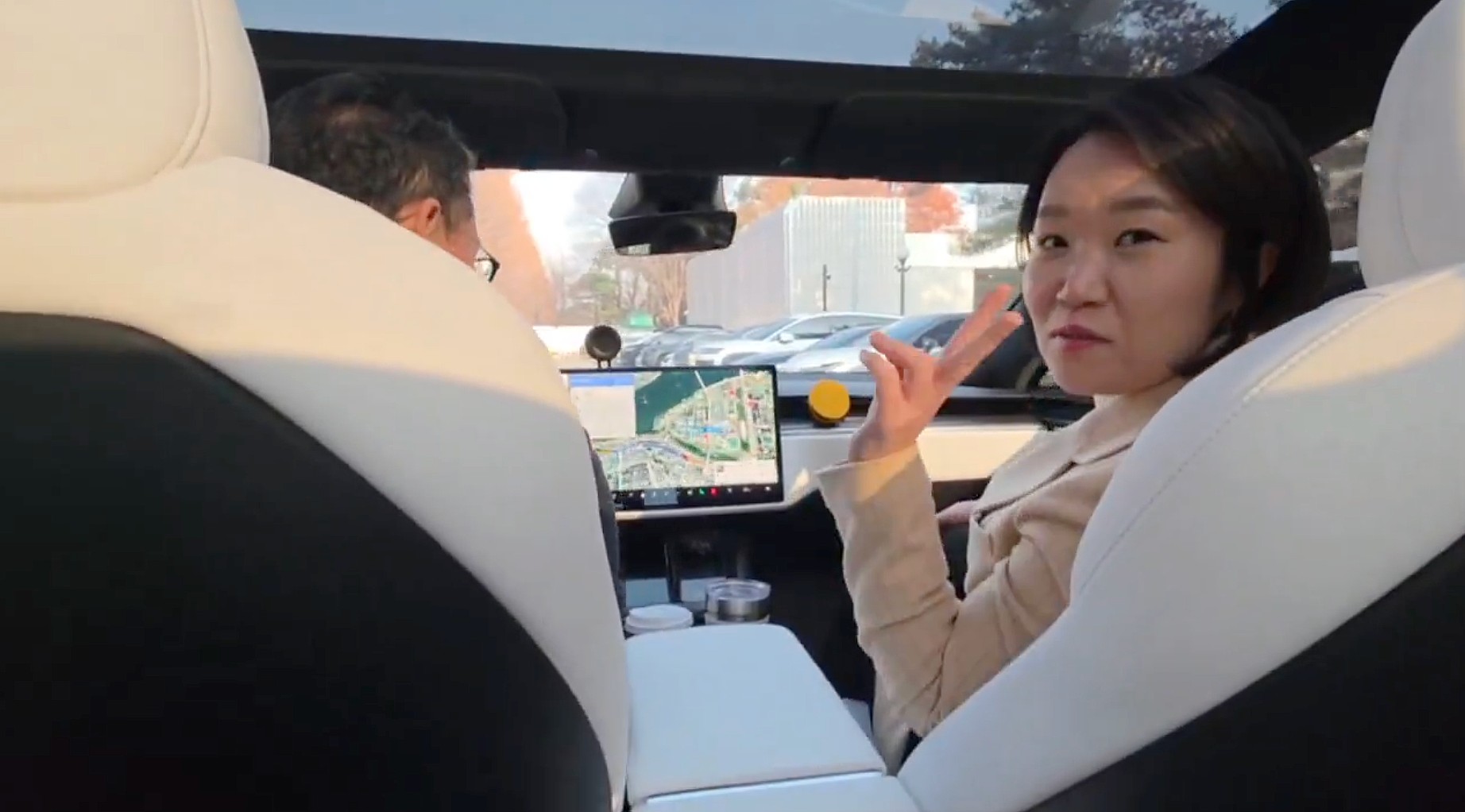
Tesla Full Self-Driving got its first sparkling review from South Korean politician Lee So-young, a member of the country’s National Assembly, earlier this week.
Lee is a member of the Strategy and Finance Committee in South Korea and is a proponent of sustainable technologies and their applications in both residential and commercial settings. For the first time, Lee was able to utilize Tesla’s Full Self-Driving technology as it launched in the country in late November.
Her thoughts on the suite were complimentary to the suite, stating that “it drives just as well as most people do,” and that “it already feels like a completed technology.”
드디어 오늘, 서울에서 테슬라 FSD 체험 했습니다.
JiDal Papa님의 모델S 협찬에 힘입어^^ 파파님 정말 감사합니다.
국회 -> 망원시장 -> 홍익대 -> 국회 복귀 코스였고요.
이미 무인 로보택시를 타봐서 그런지 신기함은
덜했지만, 웬만한 사람만큼 운전을 잘하네요.이미 완성된 기술이라고… pic.twitter.com/8pAidHBpRG
— 이소영 국회의원 (Soyoung Lee) (@im_soyounglee) December 17, 2025
Her translated post says:
“Finally, today I got to experience Tesla FSD in Seoul. Thanks to the Model S sponsored by JiDal Papa^^, I’m truly grateful to Papa. The route was from the National Assembly -> Mangwon Market -> Hongik University -> back to the National Assembly. Having already ridden in an unmanned robotaxi, the novelty wasn’t as strong for me, but it drives just as well as most people do. It already feels like a completed technology, which gives me a lot to think about. Once it actually spreads into widespread use, I feel like our daily lives are going to change a lot. Even I, with my license gathering dust in a drawer, don’t see much reason to learn to drive a manual anymore.”
Tesla Full Self-Driving officially landed in South Korea in late November, with the initial launch being one of Tesla’s most recent, v14.1.4.
It marked the seventh country in which Tesla was able to enable the driver assistance suite, following the United States, Puerto Rico, Canada, China, Mexico, Australia, and New Zealand.
It is important to see politicians and figures in power try new technologies, especially ones that are widely popular in other regions of the world and could potentially revolutionize how people travel globally.
News
Tesla dispels reports of ‘sales suspension’ in California
“This was a “consumer protection” order about the use of the term “Autopilot” in a case where not one single customer came forward to say there’s a problem.
Sales in California will continue uninterrupted.”

Tesla has dispelled reports that it is facing a thirty-day sales suspension in California after the state’s Department of Motor Vehicles (DMV) issued a penalty to the company after a judge ruled it “misled consumers about its driver-assistance technology.”
On Tuesday, Bloomberg reported that the California DMV was planning to adopt the penalty but decided to put it on ice for ninety days, giving Tesla an opportunity to “come into compliance.”
Tesla enters interesting situation with Full Self-Driving in California
Tesla responded to the report on Tuesday evening, after it came out, stating that this was a “consumer protection” order that was brought up over its use of the term “Autopilot.”
The company said “not one single customer came forward to say there’s a problem,” yet a judge and the DMV determined it was, so they want to apply the penalty if Tesla doesn’t oblige.
However, Tesla said that its sales operations in California “will continue uninterrupted.”
It confirmed this in an X post on Tuesday night:
This was a “consumer protection” order about the use of the term “Autopilot” in a case where not one single customer came forward to say there’s a problem.
Sales in California will continue uninterrupted.
— Tesla North America (@tesla_na) December 17, 2025
The report and the decision by the DMV and Judge involved sparked outrage from the Tesla community, who stated that it should do its best to get out of California.
One X post said California “didn’t deserve” what Tesla had done for it in terms of employment, engineering, and innovation.
Tesla has used Autopilot and Full Self-Driving for years, but it did add the term “(Supervised)” to the end of the FSD suite earlier this year, potentially aiming to protect itself from instances like this one.
This is the first primary dispute over the terminology of Full Self-Driving, but it has undergone some scrutiny at the federal level, as some government officials have claimed the suite has “deceptive” naming. Previous Transportation Secretary Pete Buttigieg was vocally critical of the use of the name “Full Self-Driving,” as well as “Autopilot.”








